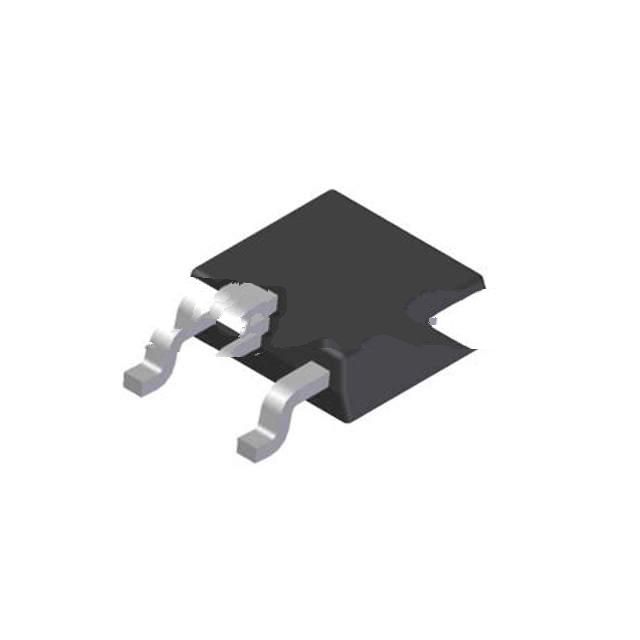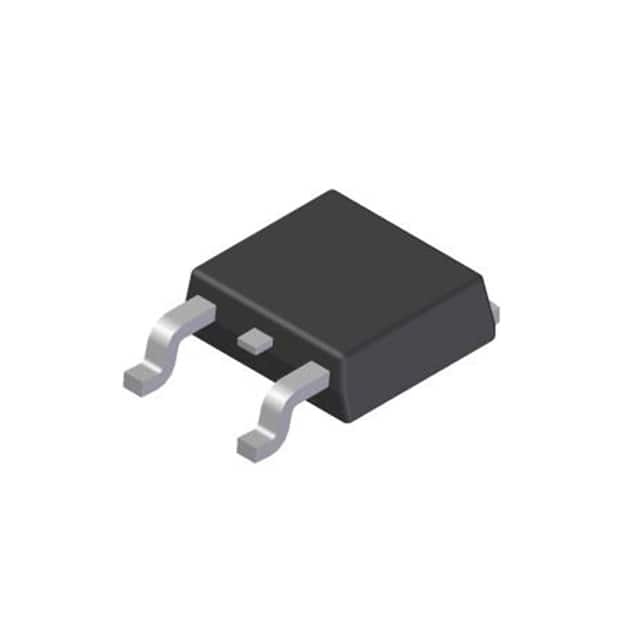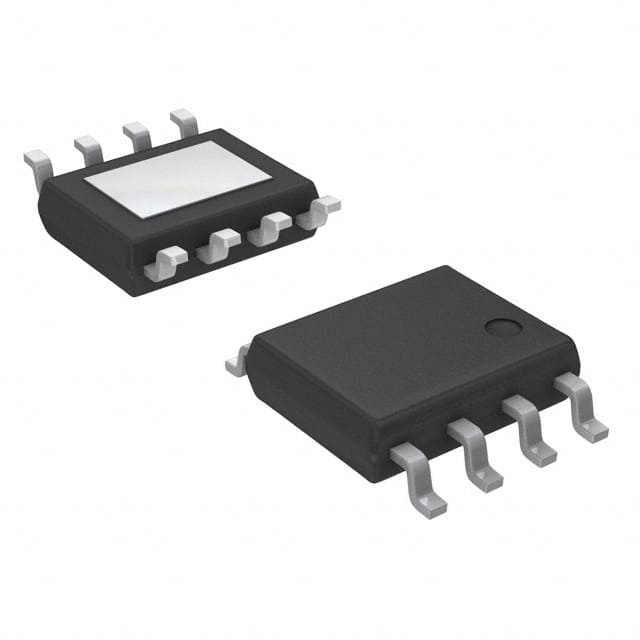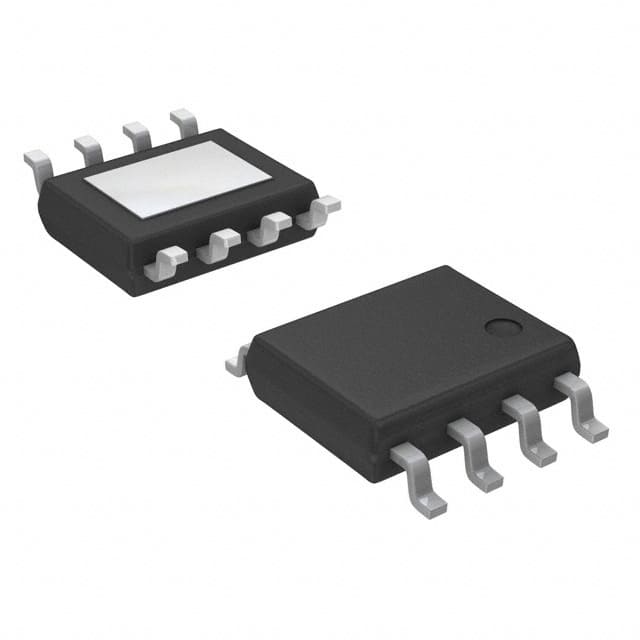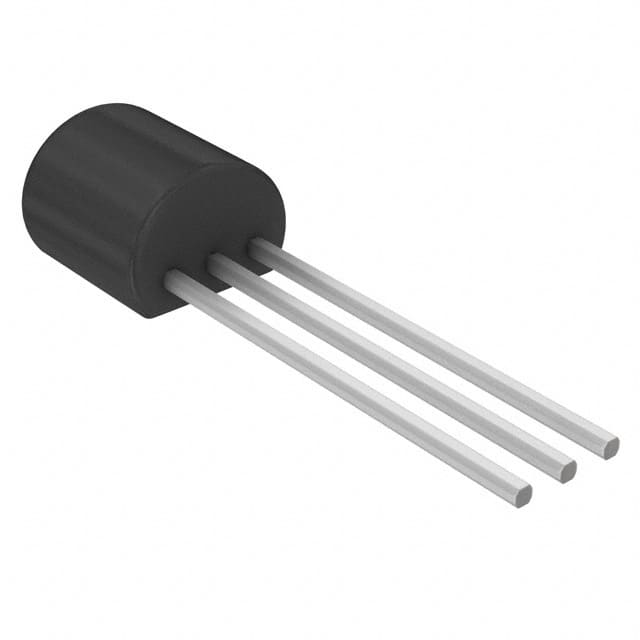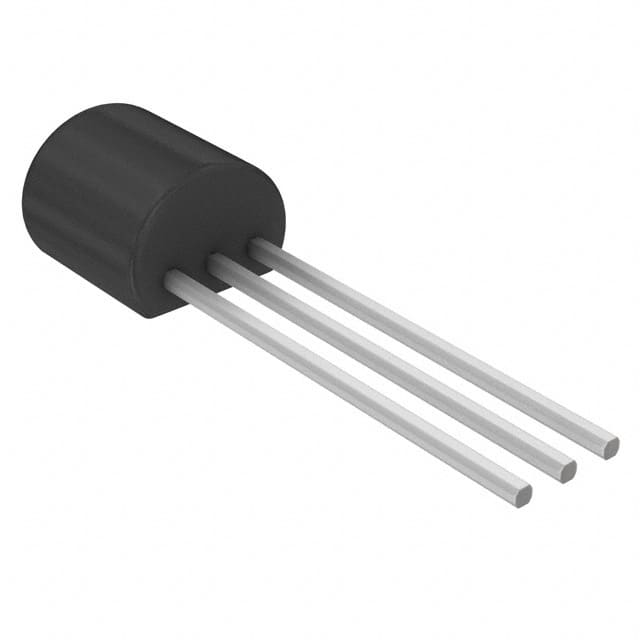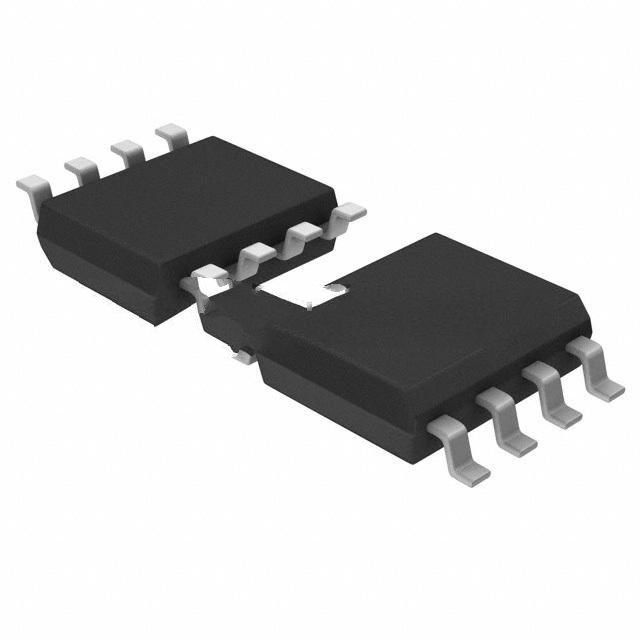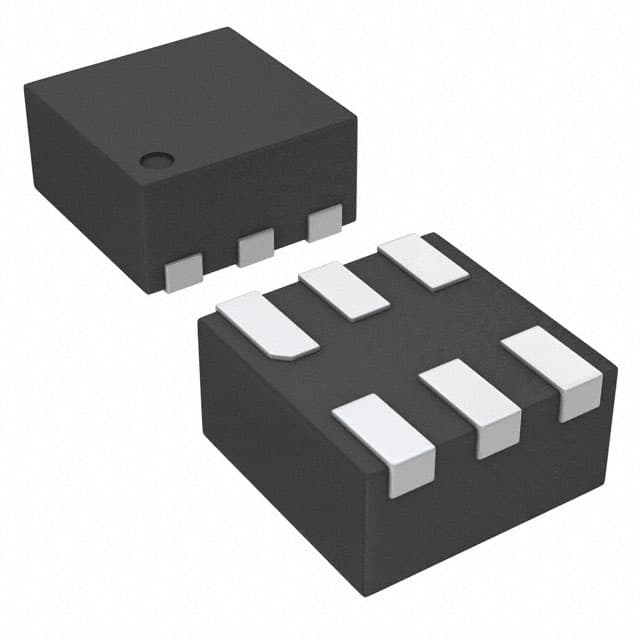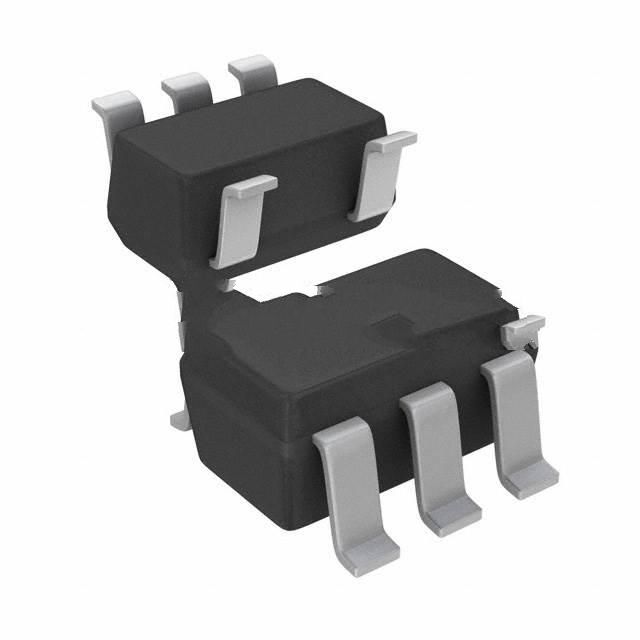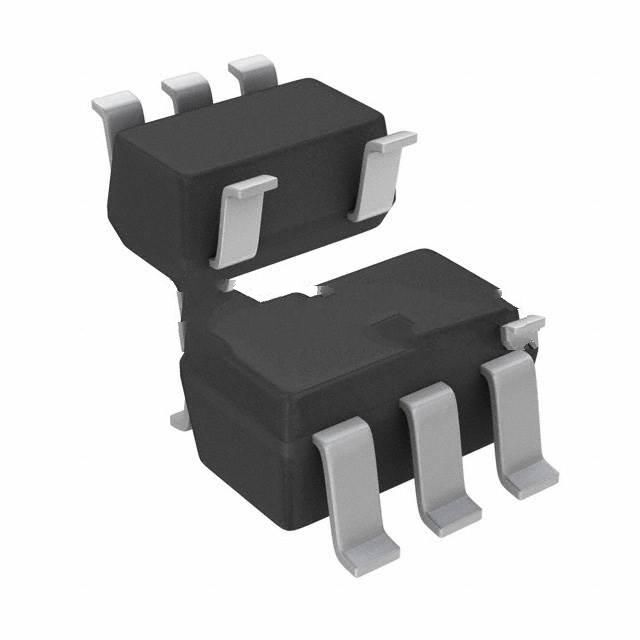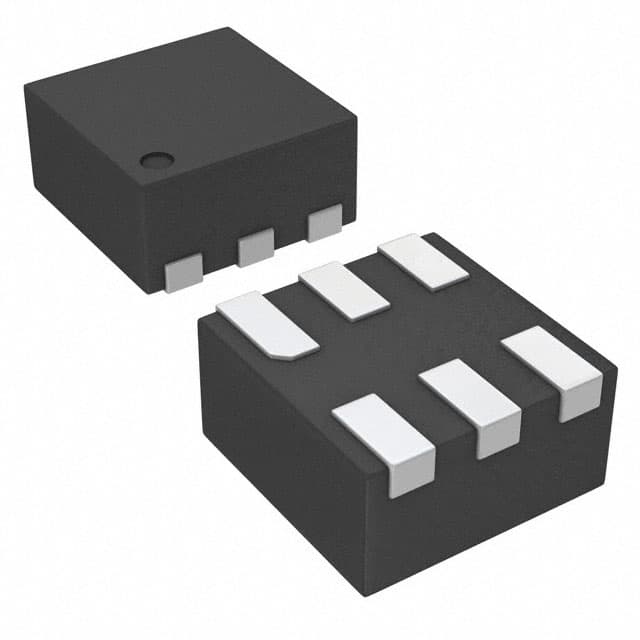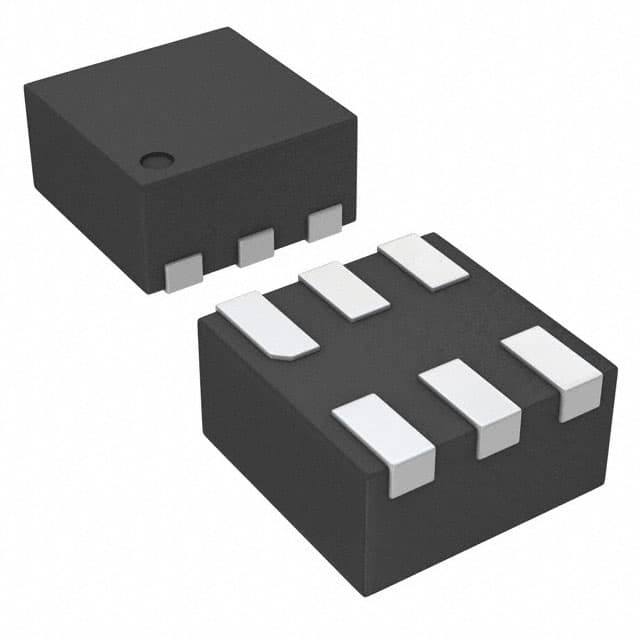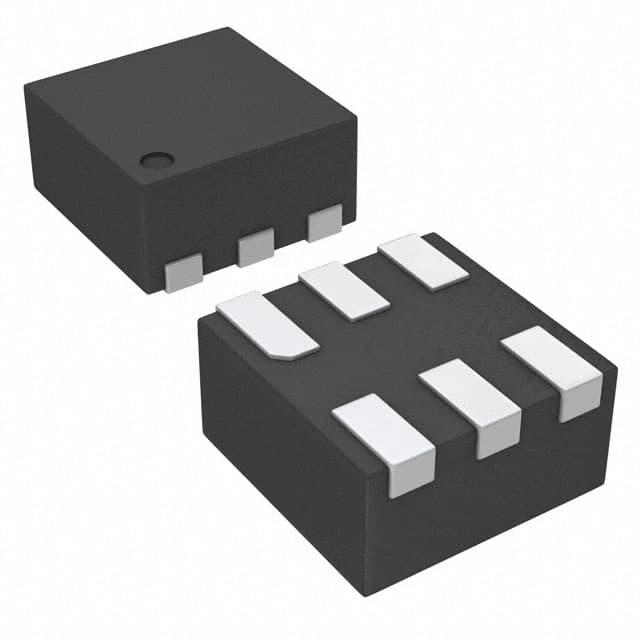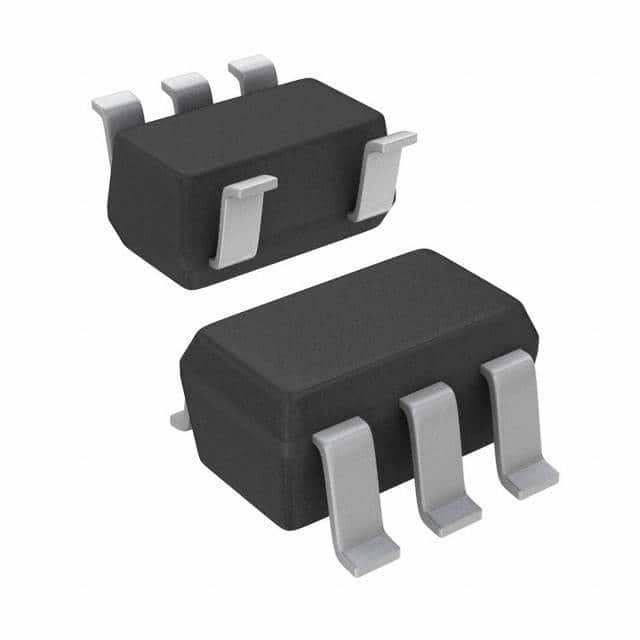UA78L09ACDG4 Product Introduction:
Texas Instruments Part Number UA78L09ACDG4(PMIC - Voltage Regulators - Linear), developed and manufactured by Texas Instruments, distributed globally by Jinftry. We distribute various electronic components from world-renowned brands and provide one-stop services, making us a trusted global electronic component distributor.
UA78L09ACDG4 is one of the part numbers distributed by Jinftry, and you can learn about its specifications/configurations, package/case, Datasheet, and other information here. Electronic components are affected by supply and demand, and prices fluctuate frequently. If you have a demand, please do not hesitate to send us an RFQ or email us immediately sales@jinftry.com Please inquire about the real-time unit price, Data Code, Lead time, payment terms, and any other information you would like to know. We will do our best to provide you with a quotation and reply as soon as possible.
Introducing the Texas Instruments UA78L09ACDG4, a high-performance linear voltage regulator designed to provide a stable and reliable power supply for a wide range of applications. With its exceptional features and versatility, this voltage regulator is a must-have for engineers and hobbyists alike.
The UA78L09ACDG4 offers a fixed output voltage of 9V, making it ideal for powering various electronic devices and circuits. Its low dropout voltage ensures efficient power conversion, even in demanding environments. With a maximum output current of 100mA, this voltage regulator can handle a wide range of load requirements.
One of the standout features of the UA78L09ACDG4 is its excellent line and load regulation, ensuring a consistent output voltage regardless of input voltage fluctuations or changes in load conditions. This makes it perfect for applications that require a stable power supply, such as audio amplifiers, sensors, and microcontrollers.
Furthermore, the UA78L09ACDG4 is designed to operate over a wide temperature range, from -40°C to 125°C, making it suitable for both industrial and automotive applications. Its compact and robust package, with industry-standard pinout, allows for easy integration into existing designs.
In summary, the Texas Instruments UA78L09ACDG4 is a reliable and efficient linear voltage regulator that offers exceptional performance and versatility. Whether you are working on a hobby project or a professional application, this voltage regulator is sure to meet your power supply needs.
Voltage Regulators-Linear is an electronic device used to convert an unstable DC voltage into a stable DC voltage. It regulates the voltage through an active component (such as a transistor or field effect tube) and a feedback network to ensure that the output voltage remains constant within a certain range. Linear regulators usually operate under low input voltage changes and load changes, and are able to provide a very clean and smooth output voltage.
Application
Voltage Regulators-Linear has a wide range of applications, covering almost all electronic devices requiring a stable DC power supply. In the field of consumer electronics, linear voltage regulators are widely used in mobile phones, tablets, laptops and other portable devices to provide stable voltage support for core components such as processors, memory and display screens. In the field of industrial automation and instrumentation, linear voltage regulators are often used in precision measuring instruments, sensor signal processing and other occasions because of their low noise and high precision characteristics. In addition, linear regulators also play an indispensable role in areas such as medical equipment, aerospace, and automotive electronics, where the quality of the power supply is extremely high. For example, in medical equipment, linear regulators ensure the power stability of devices such as pacemakers and monitors, ensuring the safety of patients.
FAQ about PMIC - Voltage Regulators - Linear
-
1. What is a linear regulator?
A linear regulator is an electronic device that is primarily used to maintain a specified output voltage stable when the input voltage or load conditions change. It is an important component in electronics that acts as a buffer to protect the components of the circuit from damage. A linear regulator works by using an active device (such as a BJT or MOSFET) controlled by a high-gain amplifier, using the variable conductivity of the active pass device to maintain the output voltage. This regulator acts as a voltage divider to produce a regulated output voltage, where a linear element (such as a resistive load) is used to regulate the output voltage. The transistor stays in its active region of operation during voltage regulation. To maintain a constant output voltage, the internal resistance can be varied, providing a variable resistance by using a transistor controlled by the amplifier feedback loop.
A linear regulator is also called a buck converter, where the output voltage is always
-
2. Which is better, switching power supply or linear regulator?
Switching power supply and linear regulator each have their advantages and disadvantages, and choosing which one is better depends on the specific application requirements.
The main advantages of switching power supply include:
High efficiency: The conversion efficiency of switching power supply can reach 90%~95%, which is much higher than the 30% or so of linear regulator.
Small size and light weight: Due to the high efficiency and high-efficiency transformer of switching power supply, large heat sink can be omitted, and high-frequency transformer replaces power frequency transformer, greatly reducing volume and weight.
Wide voltage regulation range: The output voltage of switching power supply can compensate for the change of input voltage by adjusting the duty cycle to ensure stable output voltage.
Various circuit forms: Designers can design switching power supplies that meet the needs according to different application scenarios.
However, switching power supplies also have so
-
3. What are the two main categories of linear and switching stabilizers?
The two main categories of linear and switching stabilizers are linear voltage voltage power and switching voltage power supply.
Linear voltage voltage power has achieved the advantages of transformer, rectification, filtering, and voltage voltage. It has the advantages of good stability, fast transient response speed, high reliability, and high output voltage accuracy. However, its transformation efficiency is low, especially when the output voltage difference is large, if the output current is also large, there will be obvious fever and hot phenomenon, and may even burn the regulator. The linear voltage voltage power supply includes two types: fixed output voltage and adjustable output voltage. According to the selection of the output current and the difference in the input output voltage difference, the design of the linear regulator needs to pay attention to the heat dissipation problem and the choice of bypass capacitors.
The switching voltage voltage power supply, also known as
 Lead free / RoHS Compliant
Lead free / RoHS Compliant












